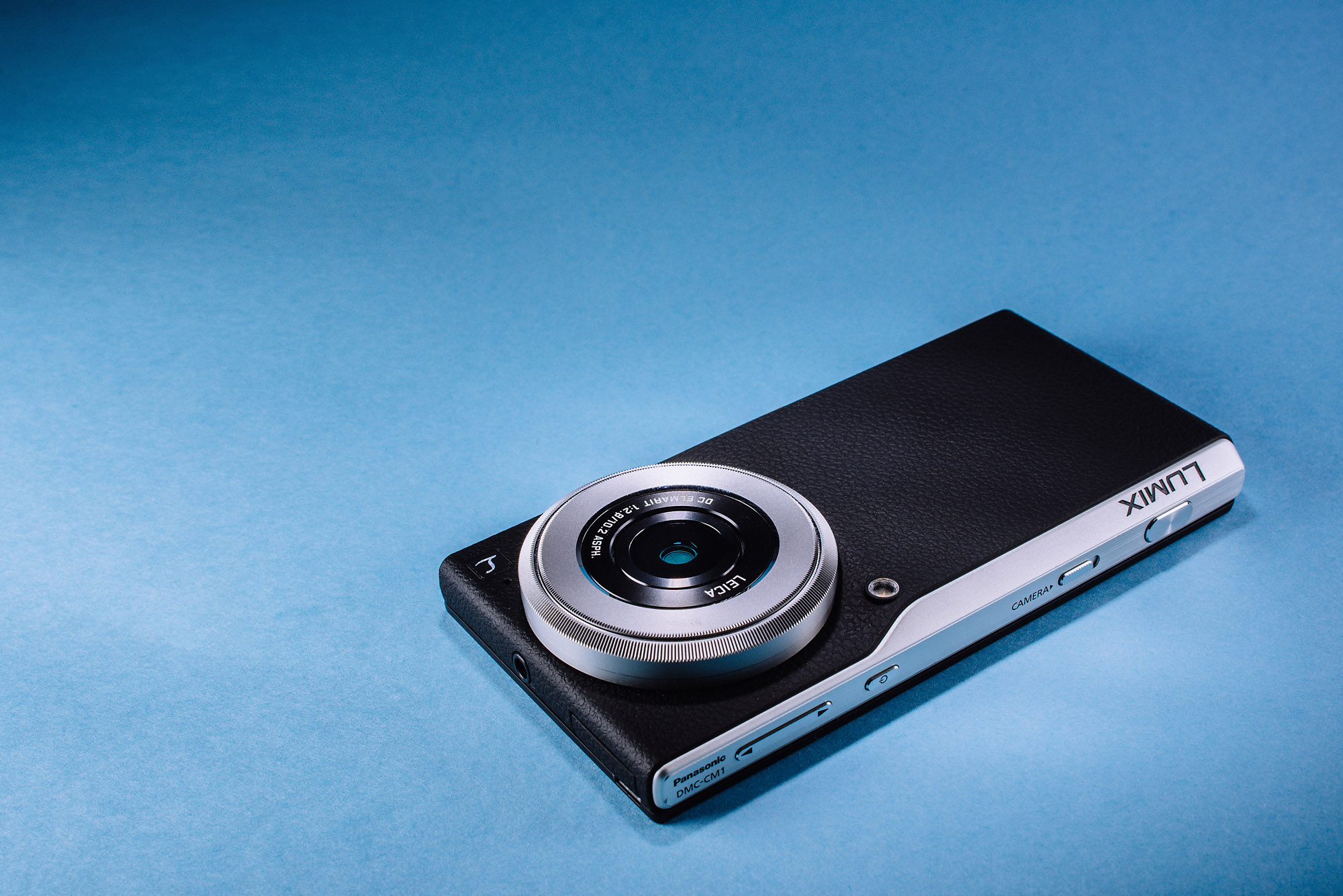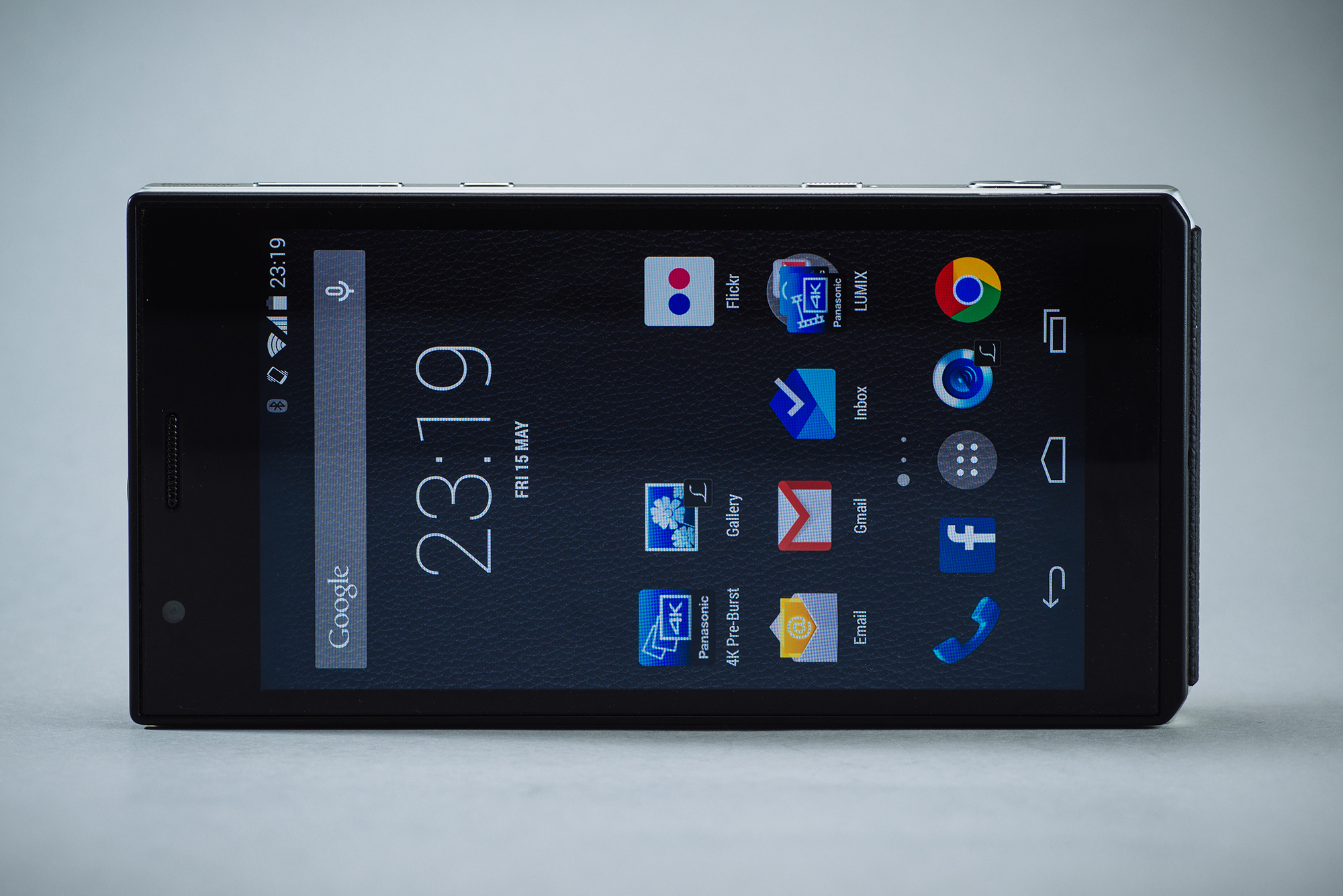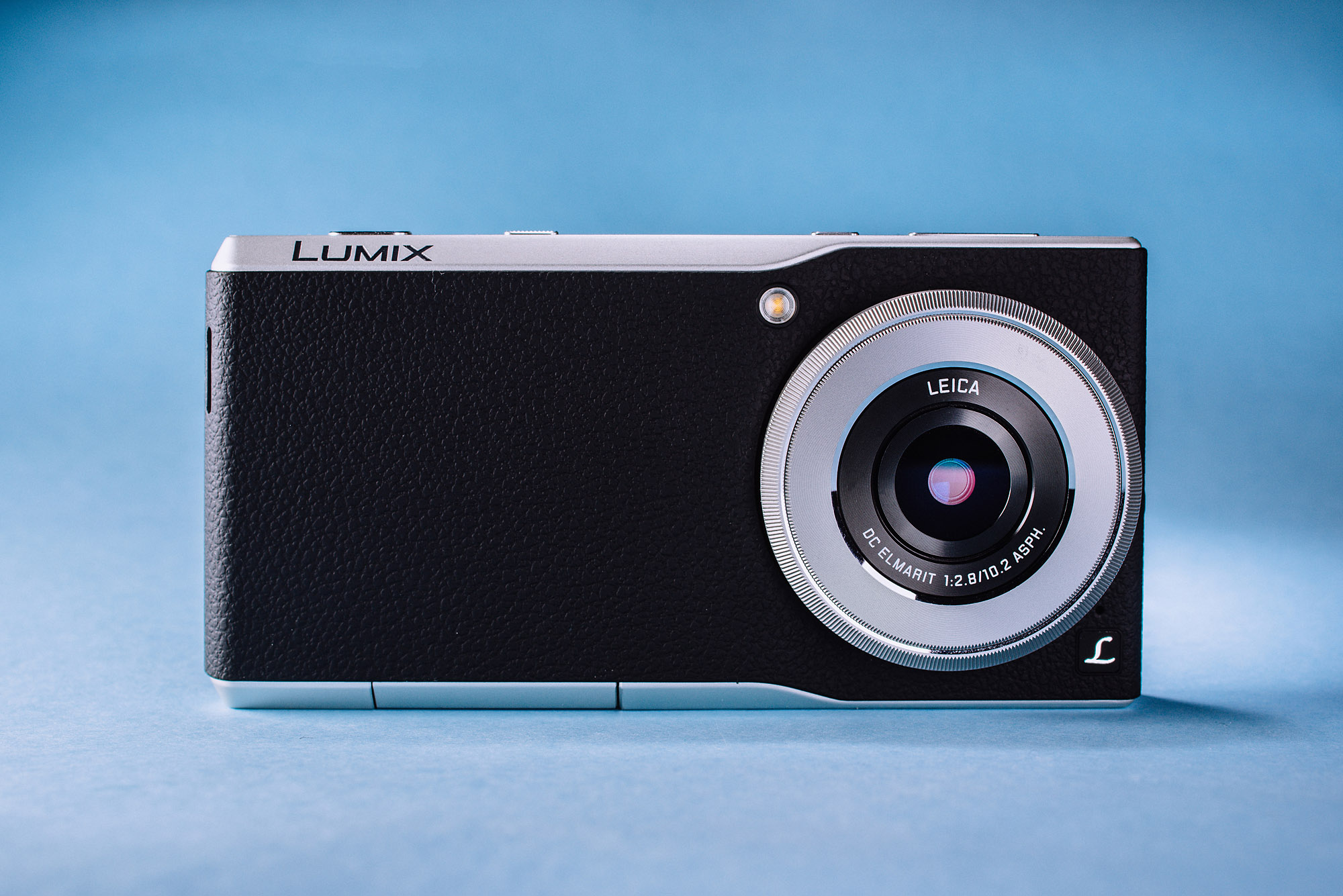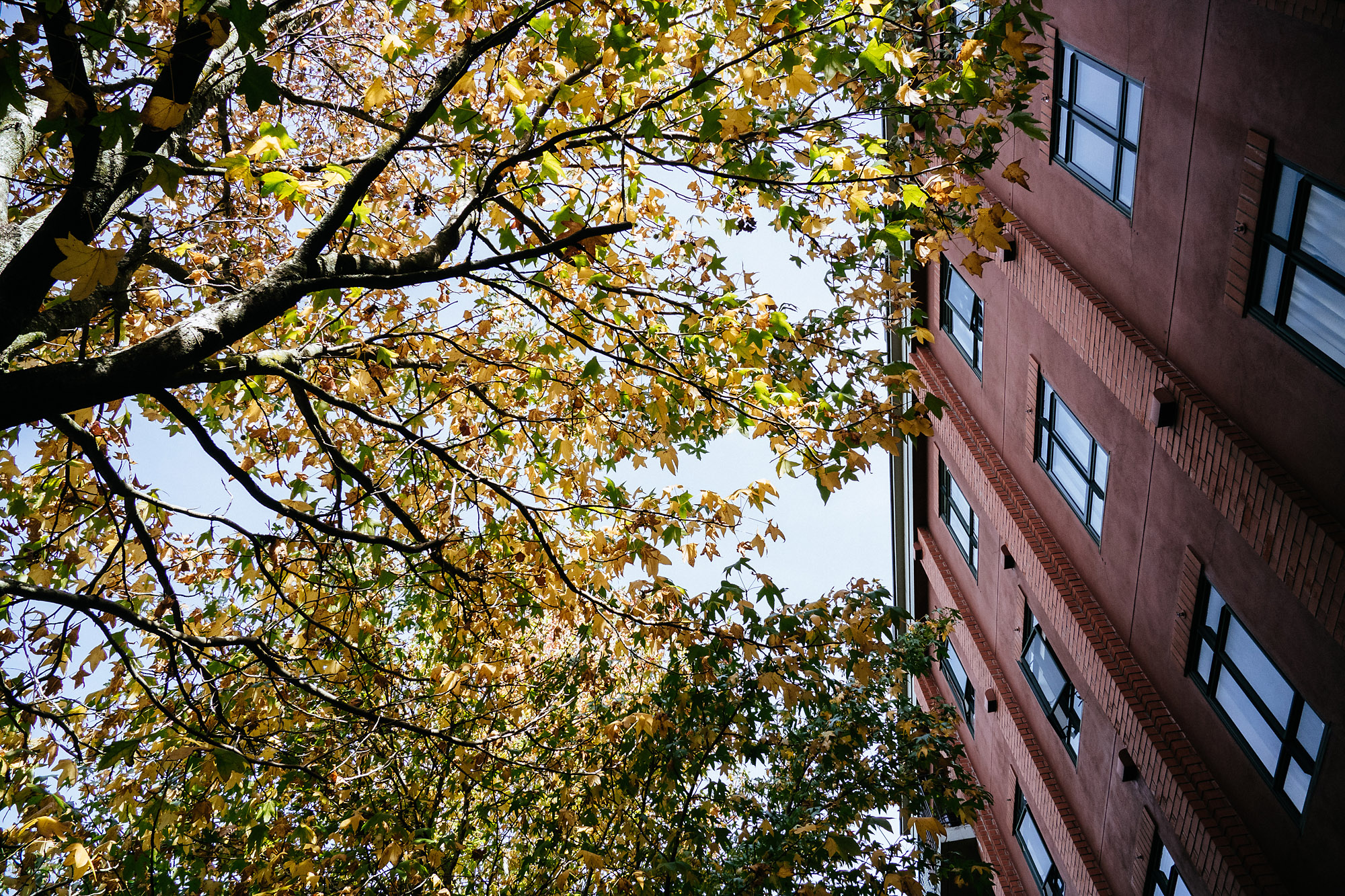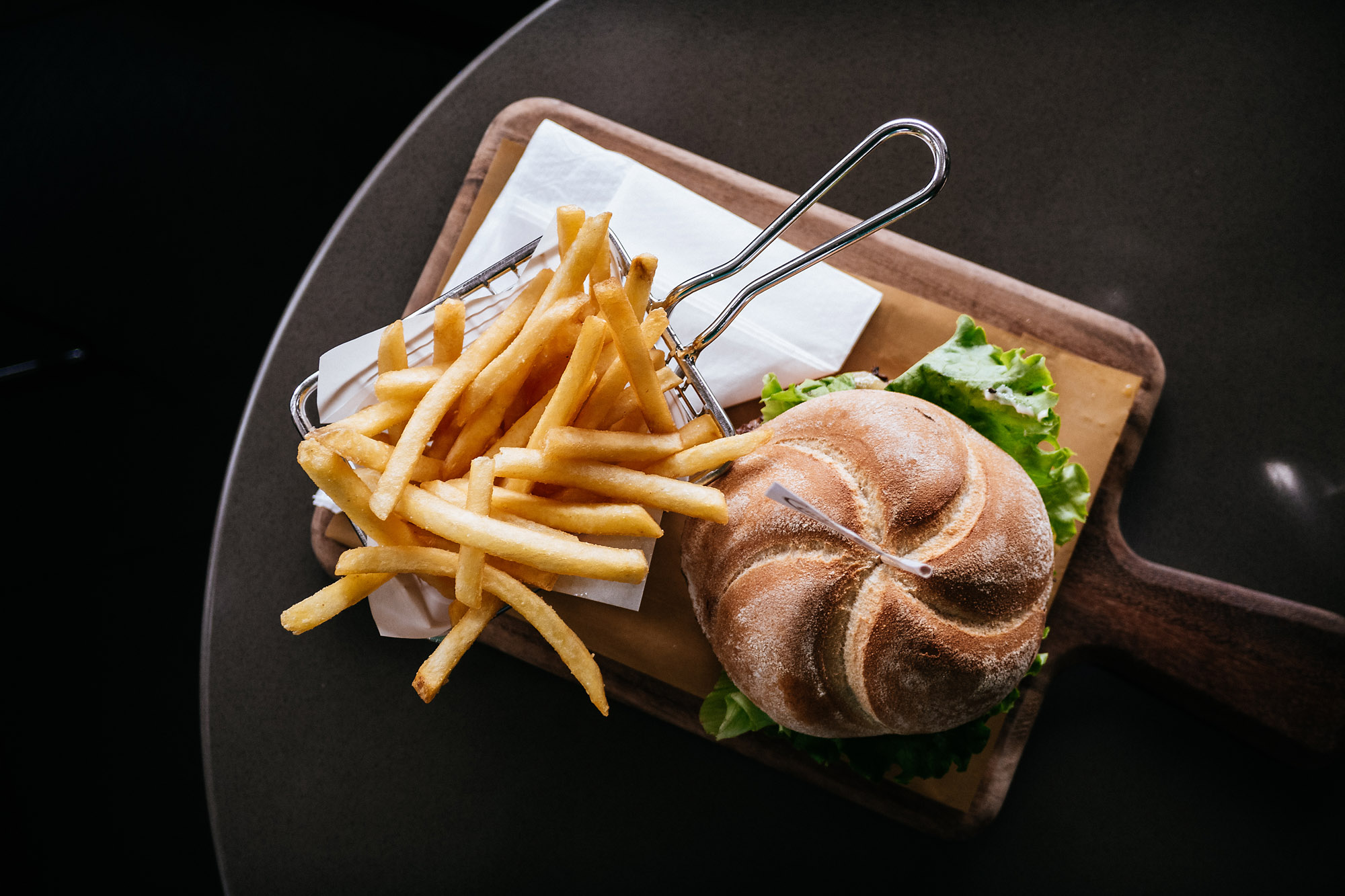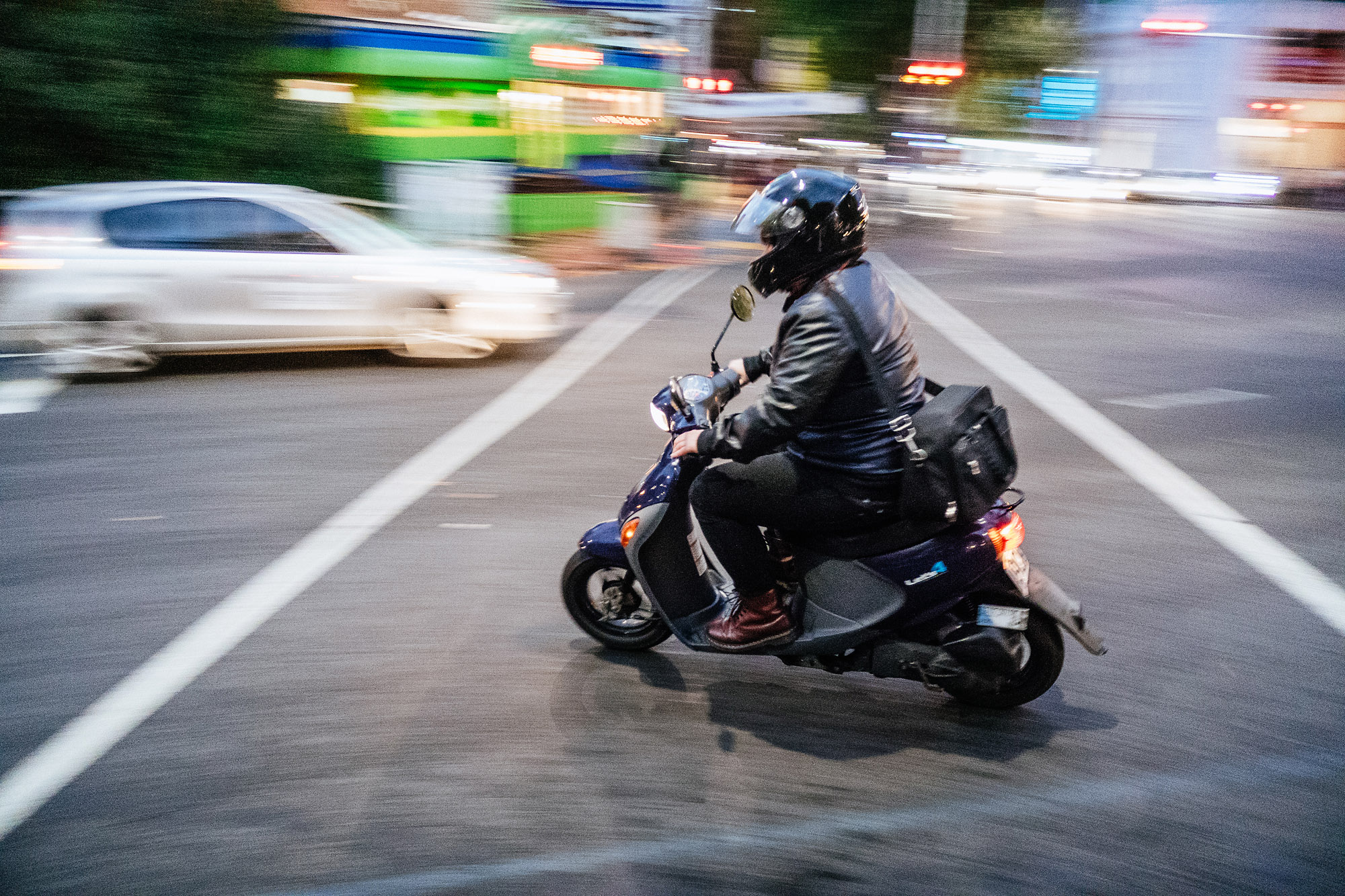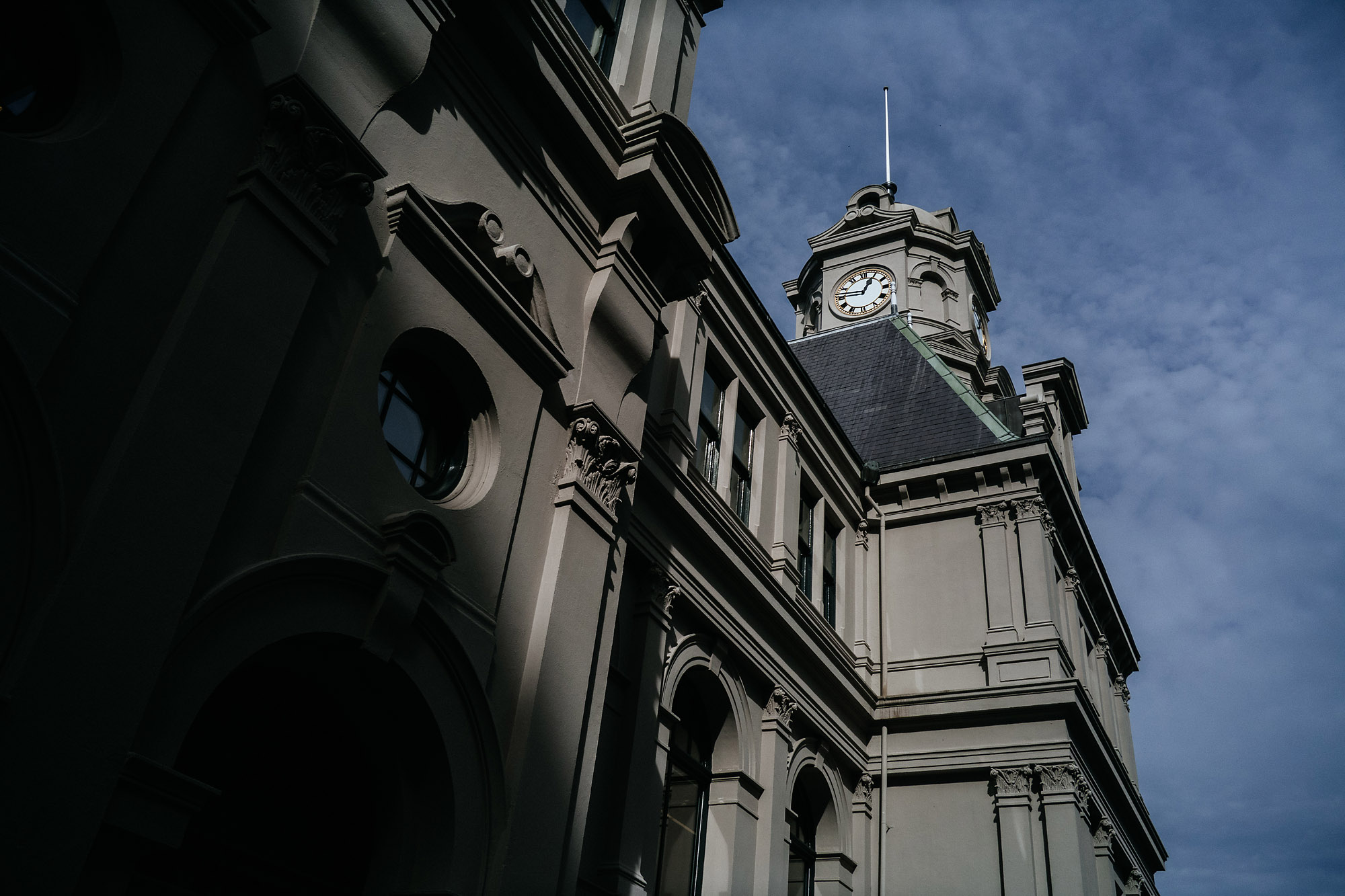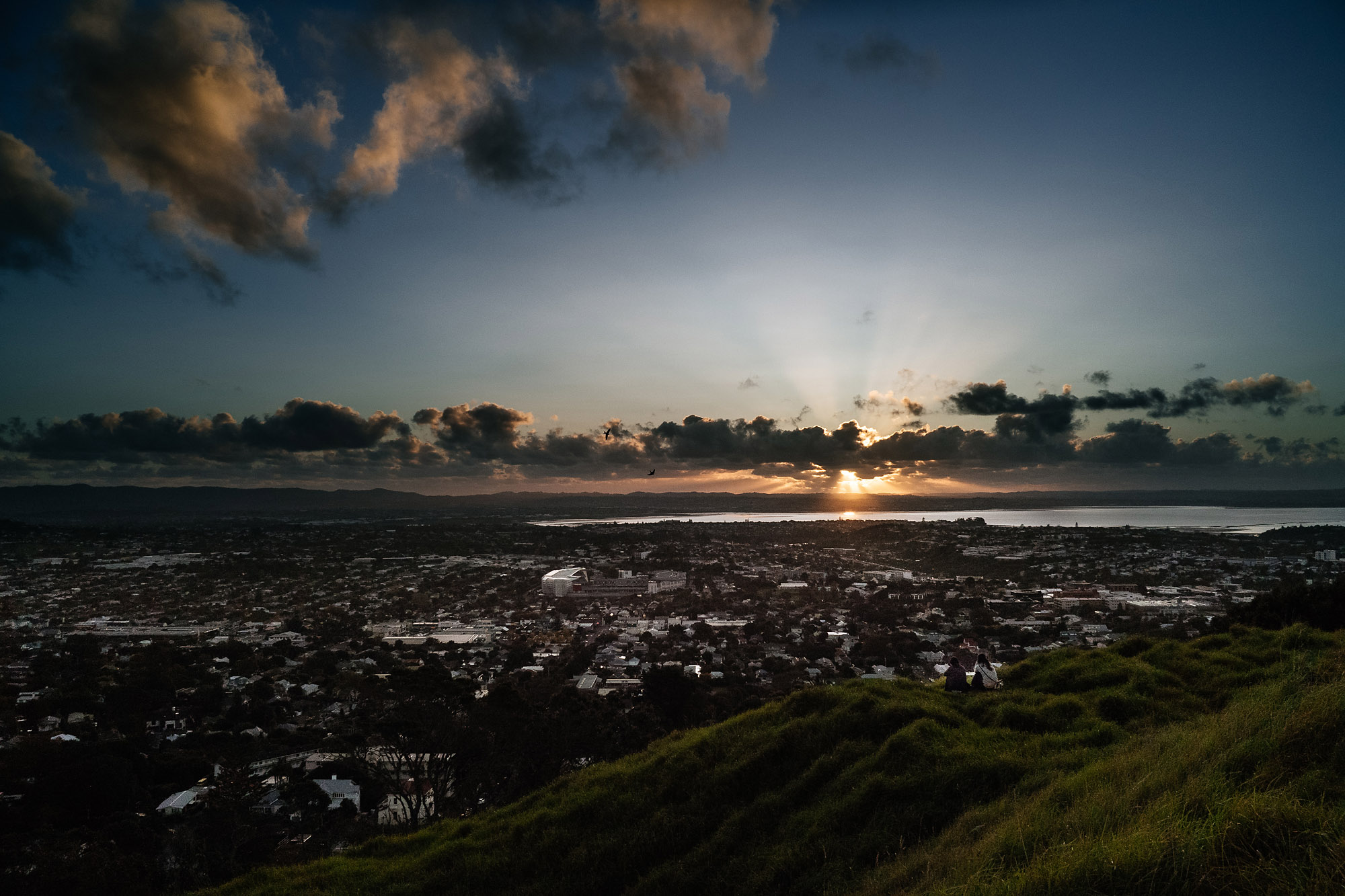UPDATE 2015-06-03
After I have finished the review, I was informed by Panasonic that there is a new CM1 update coming out soon and asked if I want to hold on the CM1 a bit longer to try out the new update.
Why not? I felt so depressed that I have to return it and go back to my normal phone so I happily accepted the offer to hold on the CM1 a bit longer.
The new update was finally released earlier this week. Comes with this update is the Android operating system upgraded from 4.4 to the 5.0 Lollipop.
You can either download the update directly on your phone or you can download to your microSD card and then update from it. The whole update process was pretty smooth with no issue at all. All the applications and settings were retained after the upgrade.
Google has spent a lot of improving the user interface and there are quite a lot of changes, new features and bug fixes in the 5.0 so I’m not going to go through all of them. Here are just some of the changes that comes with the 5.0 update.
The unlock screen and notifications user interface have changed quite a bit, it’s a lot easier to unlock the phone or go from the lock screen to the app that sent you the notification.
There is a new multi-user feature. Data and photos stored under your user profile will be private and hidden from other user. It means you can keep your photos private if you want to let someone else borrow your phone and take photos using a different/guest user account. Just remember the photos stored on the SD card remain public to everyone.
The quick settings pull down menu has been completely redesigned, including a flashlight app so you can turn on the LED light quickly without having to install a separate app.
Overall everything runs just as smoothly if not slightly smoother than before the update, but with a few improvements here and there.
On the camera side, you can now enable continuous autofocus when filming video. The autofocus works reasonably well but it does create a bit of noise when the camera is trying to track your target. The noise isn’t too bad when recording at places with a bit of background noise. But it can be noticeable (in the recorded video) when you are recording in really quiet environments.
There is a new time-lapse mode for video capture. You can just specify the overall exposure time and the interval between two frames and the CM1 will let you know the final out video length and create the time-lapse video for you. It’s simple but it works quite well and is easy to use. Unfortunately I don’t have any time lapse video to share with you as every time I tried to create a time lapse video, the weather was horrible so that means I got nothing interesting to show you 🙁
Frankly I would like to see more improvements in the CM1’s camera department (not that it needed much). But the CM1 is 50% camera and 50% phone so while the camera has only received a few updates, the phone side has received a big update with the new Lollipop operating system and it gives the CM1 a brand new experience. It just make the best camera-phone (or communication camera as Panasonic calls it) even better.
———–
Smartphone is taking over the world. Everyone has one and we carry it with us 24/7. We use our smartphone everyday to send and receive email and messages, browse the internet, play games, listen to music, and sometimes even make a phone call or two! And there is one very important feature on our smartphone, it’s the camera.
Checking the stats from flickr.com, the top 5 most popular cameras are all smartphones! There isn’t even one traditional camera listed in the top 5. Like it or not, the smartphone is also taking over the photography world and changing the way how people take photos.
But while the picture quality from a smartphone camera is good enough for average users, it’s tiny sensor and very simplified control means it’s not good enough for the keen photographers and professionals, especially when you are shooting under more demanding situations. That’s why a lot of us still carries a premium compact camera or mirrorless camera with us when we don’t want to bring the big and heavy DSLRs.
Panasonic has released a new camera called Lumix CM1 a few months ago. They called it a communication camera but basically it is an Android smartphone combined with a premium 1” sensor compact camera. I was really interested in it and have been trying to get hold of one to do a review. Unfortunately it was only available in a few European countries that means it’s not available to us Kiwis. But not anymore as Panasonic has finally decided to sell the Lumix CM1 in many other countries now, including New Zealand. Panasonic New Zealand has kindly let me borrow one which I’ve been using in the last two weeks.
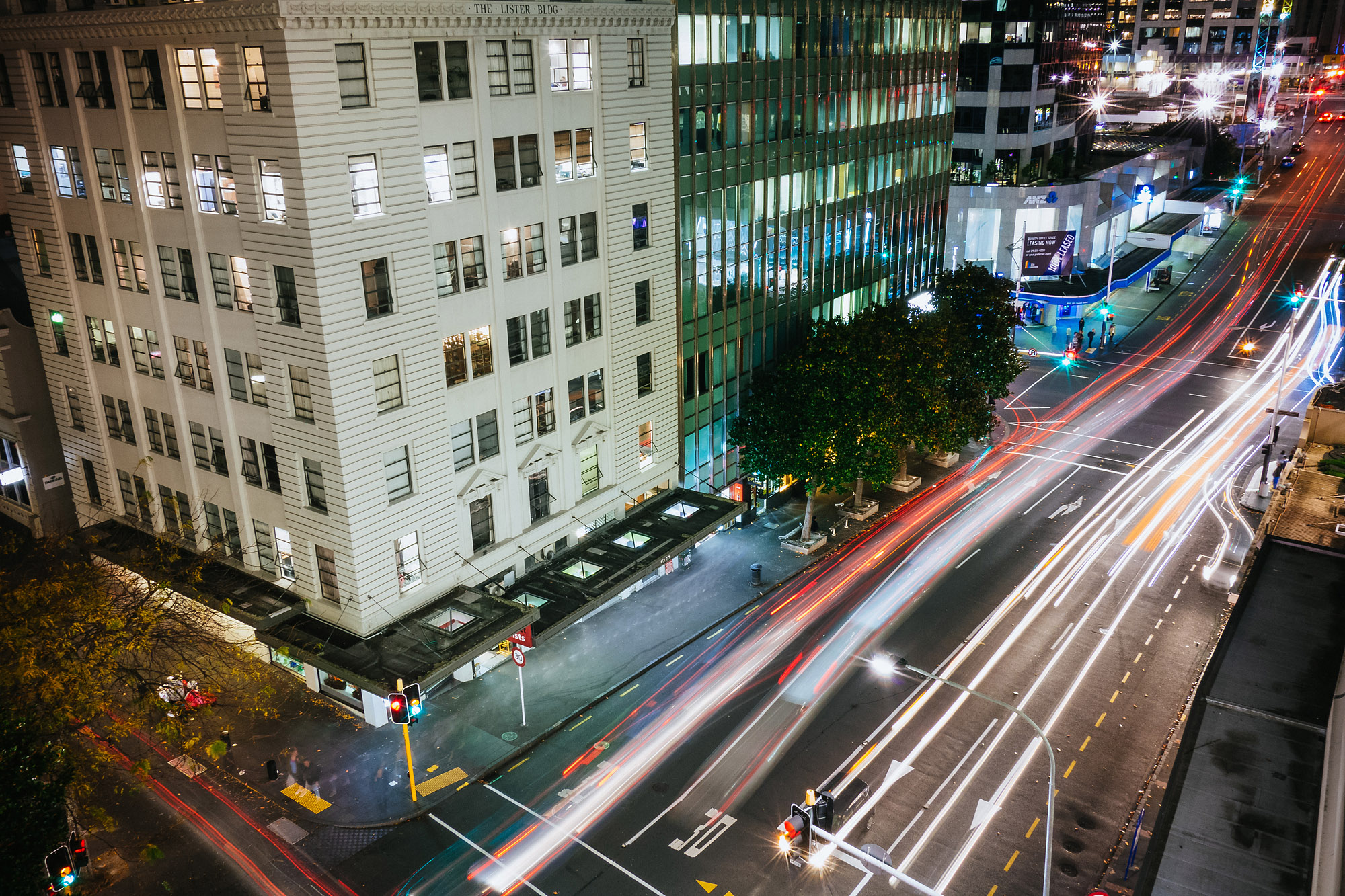 ISO 160 f/11 10s
ISO 160 f/11 10s
You can have full control on the shutter speed from 1/16000s to 60s
I really like all the recent Lumix camera’s two tone silver/black design. The look is classic yet modern. And the CM1 follows the same design, it looks almost like a flattened Panasonic Lumix GX7. The Leica 28mm f/2.8 lens on the front is a lot bigger than the lens on a normal smartphone and extrudes quite a bit from the body.
The back of the camera looks just like a typical smartphone. It has a 4.7” full HD touch screen. It’s running Android 4.4 kitkat but I was told the Android 5.0 update should be coming anytime. The phone has pretty much all the features you would expect from a high end smartphone. It runs smoothly and is pretty stable.
To switch on the camera, you can either go to the menu and run the camera app, or there is a camera switch at the side which would instantly wake up the camera or switch from your current app to the camera app. The camera app is quite well designed. Menu is easy to use and very responsive. The display updates very smoothly with minimal lag.
As the CM1 is designed for the more advanced photographers, it has shutter priority, aperture priority as well as full manual mode for photographer who wants full manual control of the exposure settings. And because of that, Panasonic has put a large mechanical control ring around the lens for you to adjust your exposure settings. The volume keys on the side of the CM1 can also be assigned to control another exposure setting, that allows you to have good and easy manual control when taking photos.
My favourite is to shoot in shutter priority mode, enable auto ISO, assign the control ring to adjust shutter speed and the volume keys to adjust exposure compensation. This way I can have very good control of my exposure and get the results I wanted quickly. One minor complaint is that the power switch is placed right next to the volume keys, so quite a few times I pressed the power switch instead of the volume key by mistake and turn the camera into standby mode. It would probably be better if Panasonic place the power switch at the top of the phone instead and move the usb plug to somewhere else.
The extruded lens and control ring does make the CM1 quite a bit thicker than the average smartphone. But still it’s just over 2cm thick so fitting it into your pants pocket should not be an issue at all. Actually 2cm is pretty thin for a camera with a 1” image sensor. The only thing is there is no lens cover or anything to protect the lens, so I never put my keys or coins in the same pocket as the CM1 as I don’t want to scratch the beautiful Leica lens (I’ll talk more about the lens later). Same thing when I put the phone on the desk, I always face the camera side up as I don’t want to scratch the lens or the control ring around it.
Talk about the image sensor, the 1” sensor is definitely the most important feature of the CM1. Most smartphones or even compact cameras only have ⅓” image sensor. It means the CM1’s sensor is about 10 times bigger than most of the smartphones. It is actually exactly the same size as the Nikon 1 mirrorless cameras and only slightly smaller than the sensor on the micro four third cameras. It’s really pretty amazing.
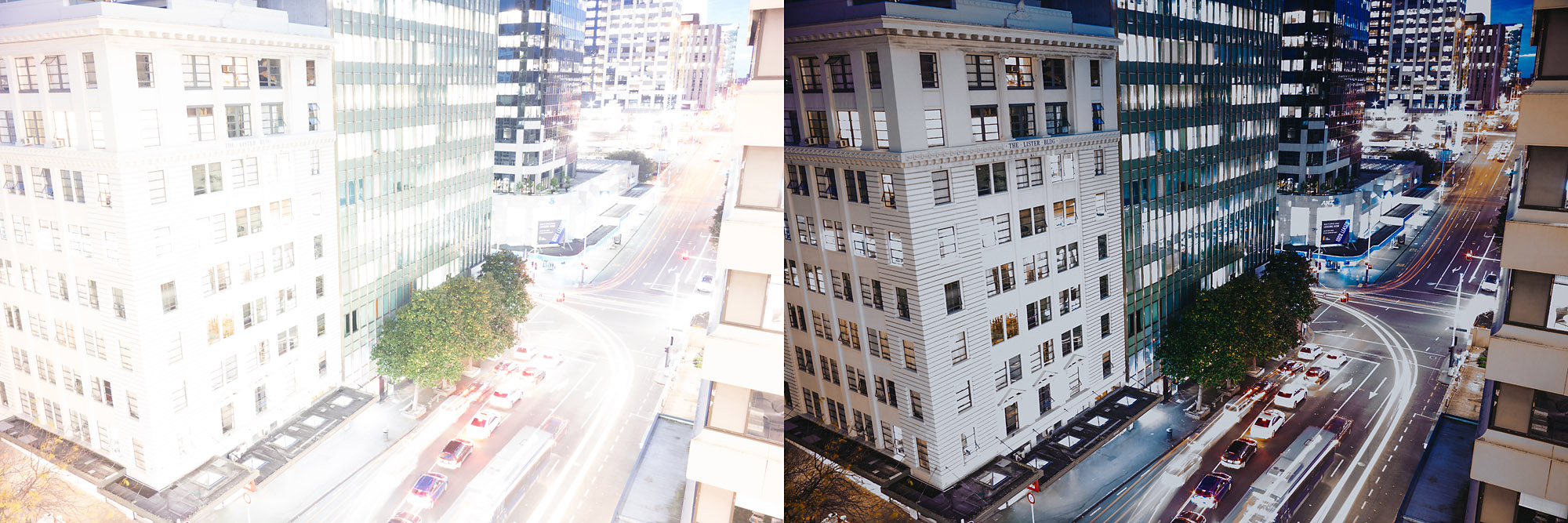
Left: the original image, that was one of my first test shot and turned out the image was overexposed by 3.5 stops.
Right: I loaded the RAW file into Adobe Lightroom and see if i can fix it, and this is the result I got. Not too bad isn’t it?
The dynamic range and high ISO performance from the sensor is really impressive. RAW output allows you much bigger freedom when it comes to postprocessing. Pushing and pulling the exposure by a few stops could still give you decent results. But while the RAW file can be read by most popular photo editing software on your computer, the phone cannot convert the RAW into JPG. Not with the default apps Panasonic provided anyway. Hopefully Panasonic can improve it by updating their image viewing app in the future. Otherwise you always have to shoot RAW + JPG if you want to be able to upload a photo from your phone straight away and also do some editing later on when you got home.
At maximum ISO 25600 you do lose quite a bit of colour information and the picture is pretty noisy, but it’s
still very usable. Definitely more than good enough if you want to directly upload to your instagram or facebook account from your phone. I actually double checked some of my ISO 25600 photo’s EXIF data as I thought those images look really a bit too good.
If a few years ago, someone said in the near future you will be able to take photos with your smartphone at ISO 25600 and get usable results, I would say you are dreaming. But the CM1 proved the technology improves much faster than I expect and redefined the capability of a phone camera! It’s really impressive that a phone camera’s high ISO performance is better than some of the DSLRs from just a couple of years ago!
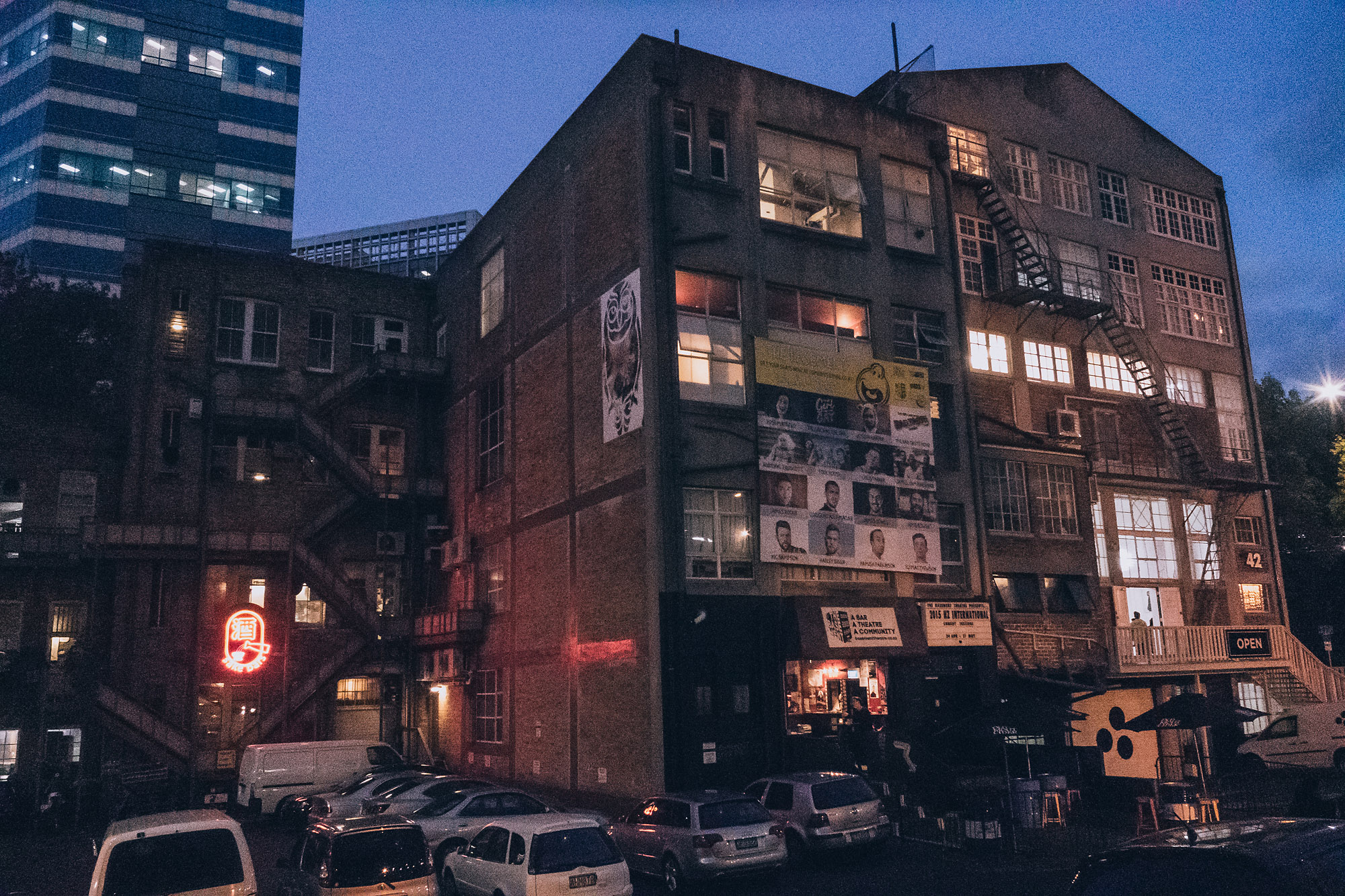 ISO25600 f/6.3 1/40s
ISO25600 f/6.3 1/40s
Yes that’s ISO 25600! Noisy but definitely usable.
The Leica DC Elmarit 28mm (equivalent) f/2.8 lens delivers really good image quality. Sharpness is pretty good from corner to corner even at wide open. There doesn’t seem to be much distortion at all and I also don’t see much chromatic aberration either. Flaring is well controlled under most situations but there is quite a bit of flare when shooting towards a really bright light source.
With a 1” sensor and 28mm lens, it’s still a bit hard to blur the background, but when you shooting close up objects, bokeh is surprisingly nice, round and smooth!
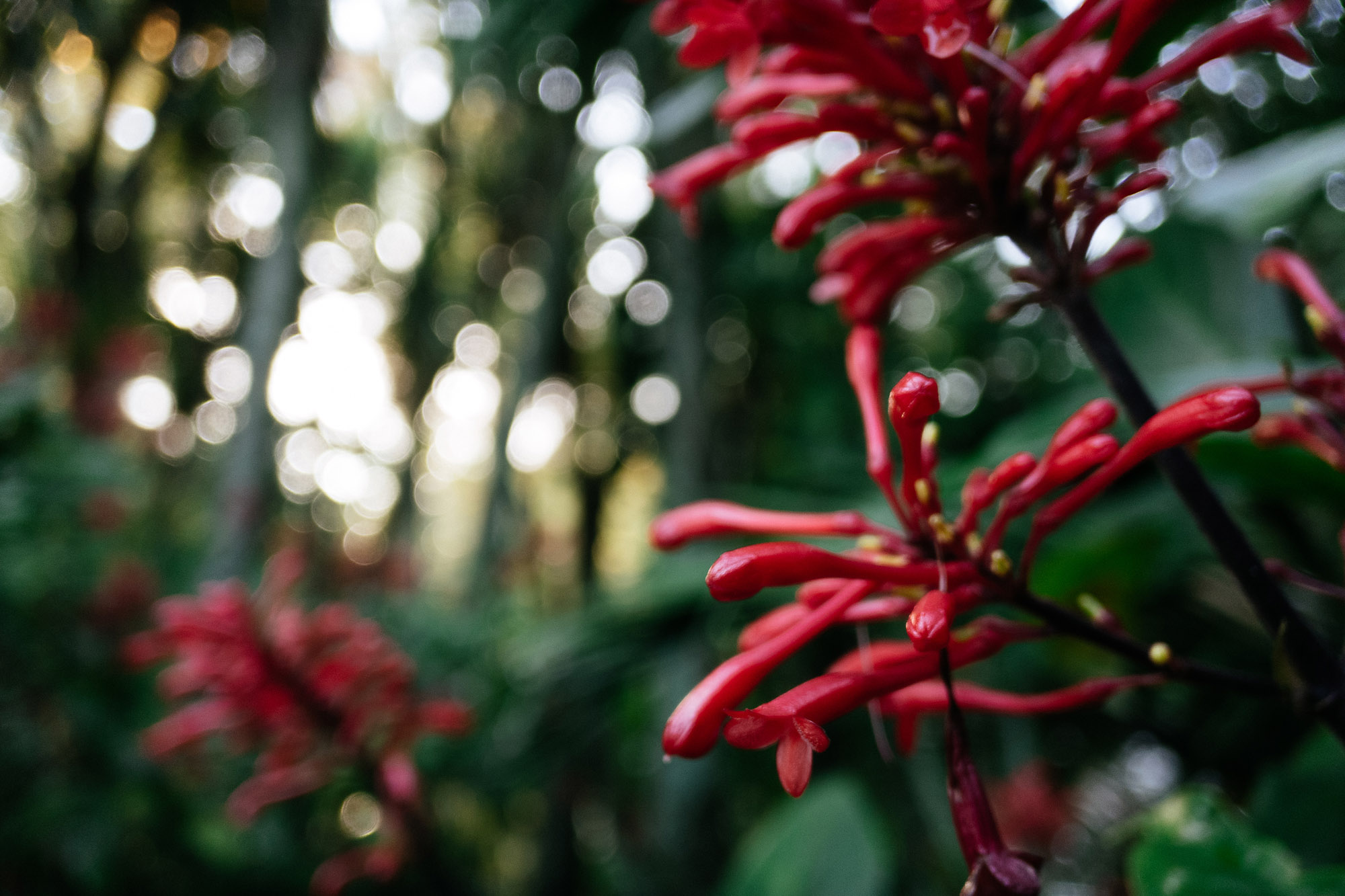 ISO250 f/2.8 1/60s
ISO250 f/2.8 1/60s
Bokeh is surprisingly good!
Overall the 28mm f/2.8 lens is just brilliant and hard to fault. However, there is no optical image stabiliser which is a bit disappointing consider it is harder to hold the camera like the CM1 steady compare to cameras with full size grip.
Autofocus performance is also pretty good. It’s quick and works reasonably well even under low light. Very rarely would the autofocus hunt and not able to lock the target. And there is also a decent manual focus mode with peaking as your backup.
The Lumix CM1 has a non removable 2600mAh battery. The battery life is not too bad. It lasts about half day if you shoot a lot of photos or use the phone a lot. Otherwise, the battery can last whole day. Unfortunately non removable type battery means if you are a heavy user you can’t simply buy a spare battery to carry with you. Luckily third party external USB chargers are quite cheap these days so you probably should get one if you plan to have an extended photo trip with the CM1.
The camera can capture full HD videos and being a Panasonic camera, you know the video quality can’t be too bad. However it’s missing high frame rate / slow motion video capture mode that is offered by a lot of high end smartphones. The Lumix CM1 can also capture 4k videos. But I’m not too sure why the frame rate is only 15fps. Maybe it’s limited by the image sensor? Other smartphones such as the SONY XPERIA Z3 or LG G3 using the same Snapdragon S801 processor can do 4K video at 30fps.
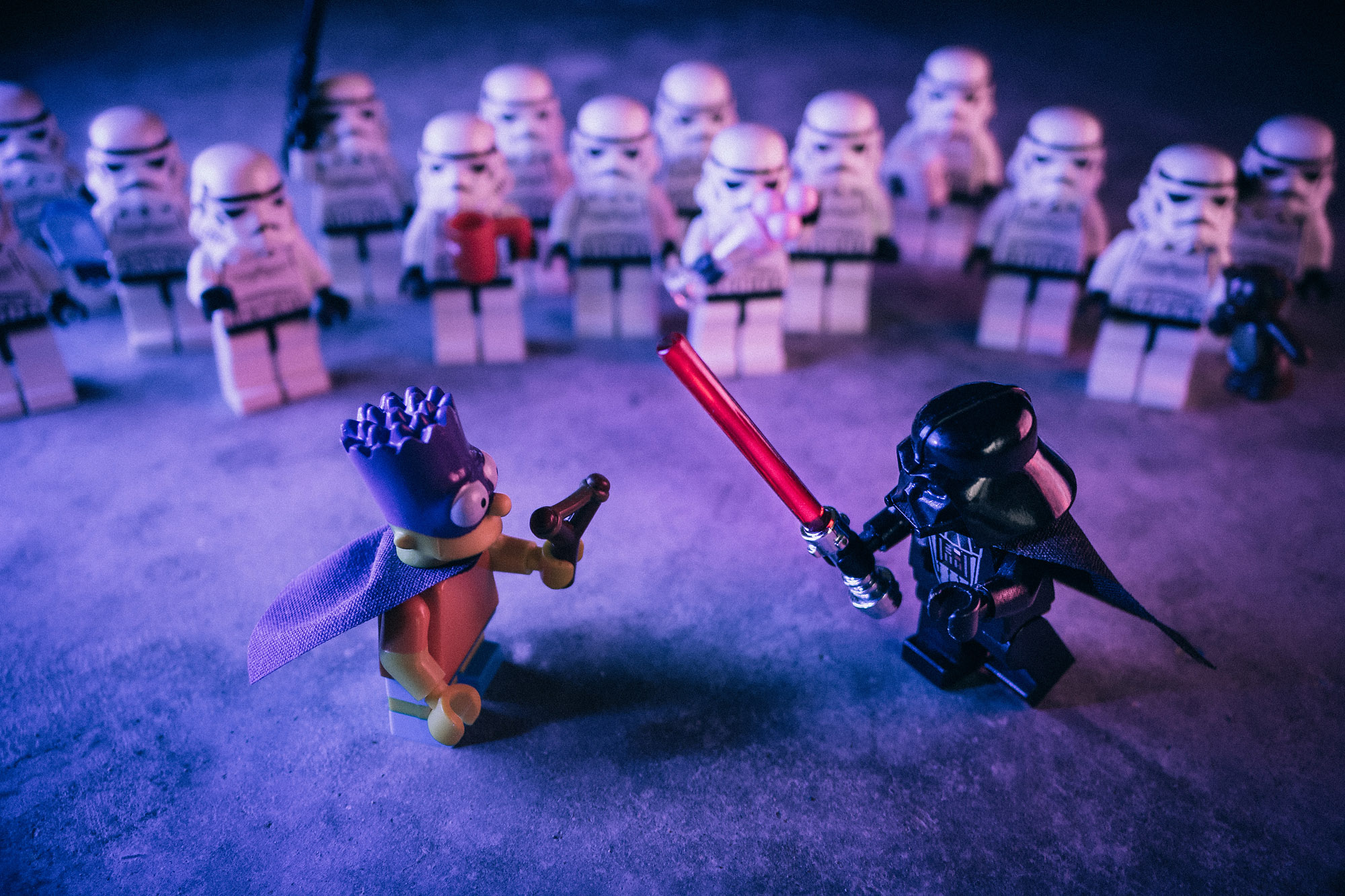 The Lumix CM1 doesn’t have a hotshoe so you can’t connect external camera flash. But with a few tricks, I used my Nikon speedlights to light up this Lego scene
The Lumix CM1 doesn’t have a hotshoe so you can’t connect external camera flash. But with a few tricks, I used my Nikon speedlights to light up this Lego scene
The RRP of the CM1 is NZD$1600 which makes it one of the most expensive smartphone in the market. But if you are buying a high end smartphone and a decent compact camera separately the total would be more than that and you don’t have the convenience of this all in one device. So the price is actually not too bad.
Is the Panasonic Lumix CM1 a perfect pocket camera?
The physical buttons layout could be a bit better, right now there are 5 buttons on one side of the camera so it’s easy to press the wrong one when you are in a hurry. While the camera’s high ISO performance is great, optical image stabiliser would definitely help improve the image quality when shooting under low light . Personally I also want it to have a 35mm lens instead of the 28mm and the control ring to be made slightly smaller so the camera has a more stealthy look. But Panasonic has done so many things right with the CM1 and the picture quality is really awesome so all these can be forgiven or forgotten. The Lumix CM1 is THE game changer and there are so many reasons to get excited about it. Unfortunately, once you’ve tried one (like me), it’s really hard to go back to a normal smartphone 🙁
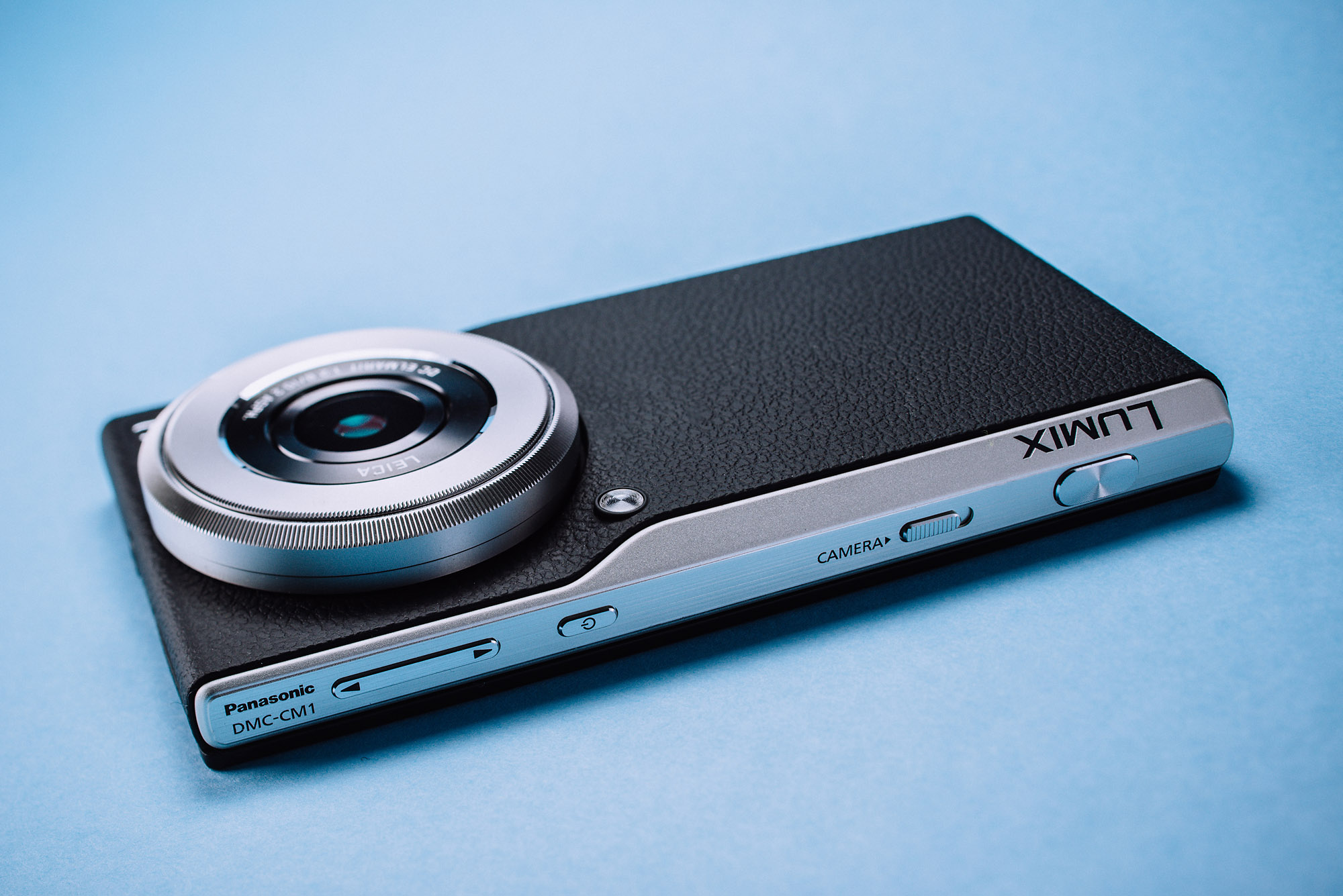 There is a dedicated shutter button and the volume buttons can be used to control your exposure settings
There is a dedicated shutter button and the volume buttons can be used to control your exposure settings
ISO 200 f/2.8 1/100s
Just like the Lumix CM1, McDonald’s have also got some next level upgrade for their burgers!
We are now on Facebook:
https://www.facebook.com/ReviewByRichard
Like us, follow us and see all our latest reviews!
All photos and text Copyright© 2015 www.photobyrichard.com. All photos and text may not be copied or reproduced in any format without obtaining written permissions
